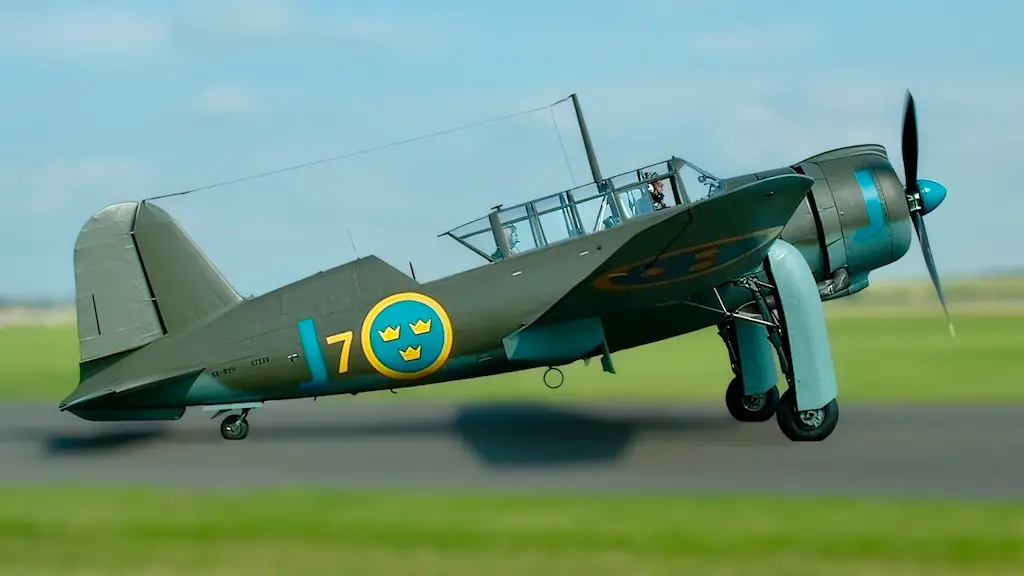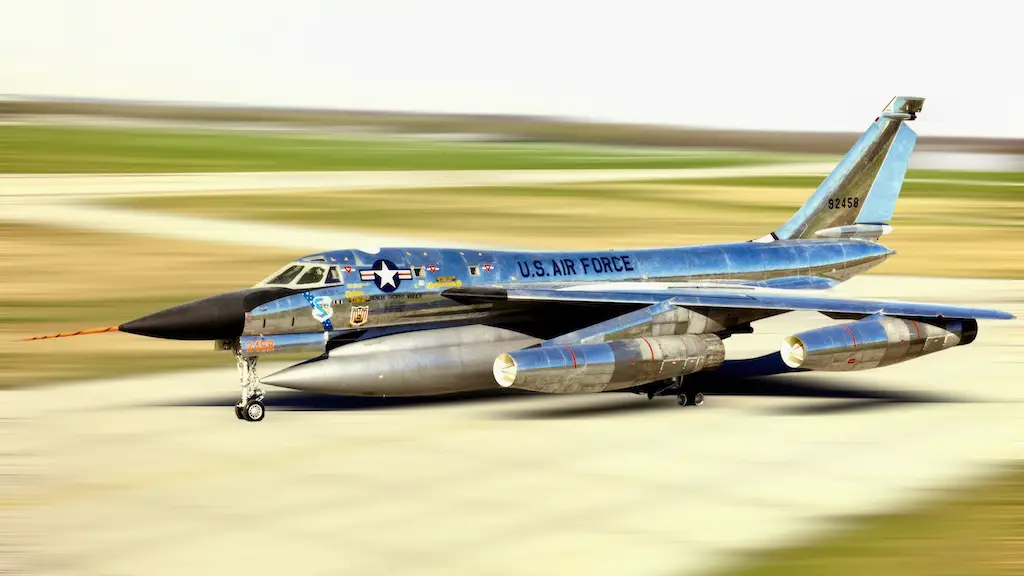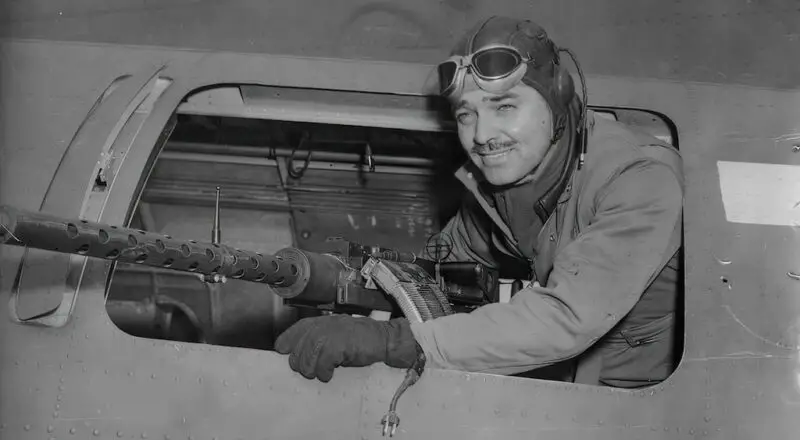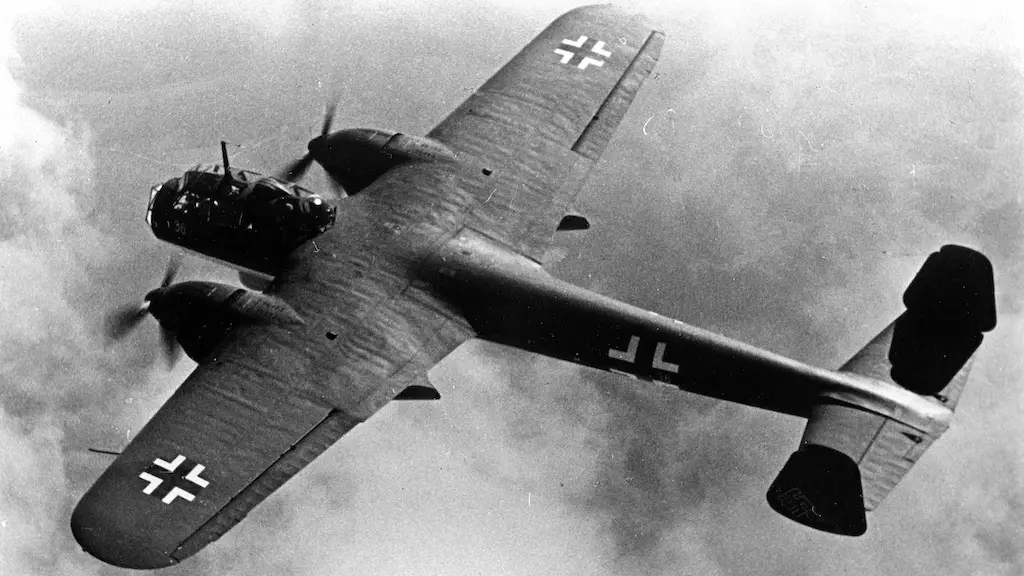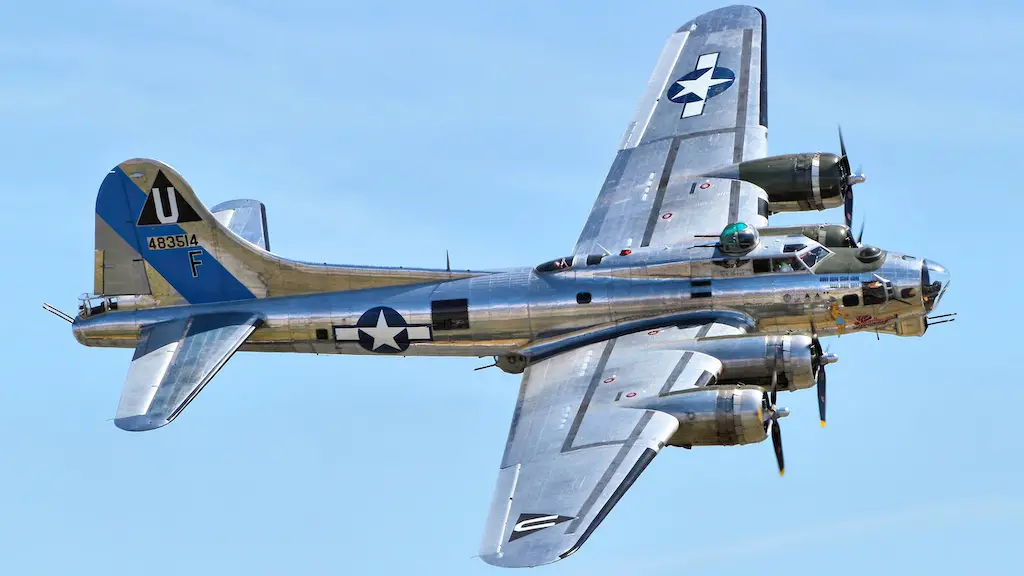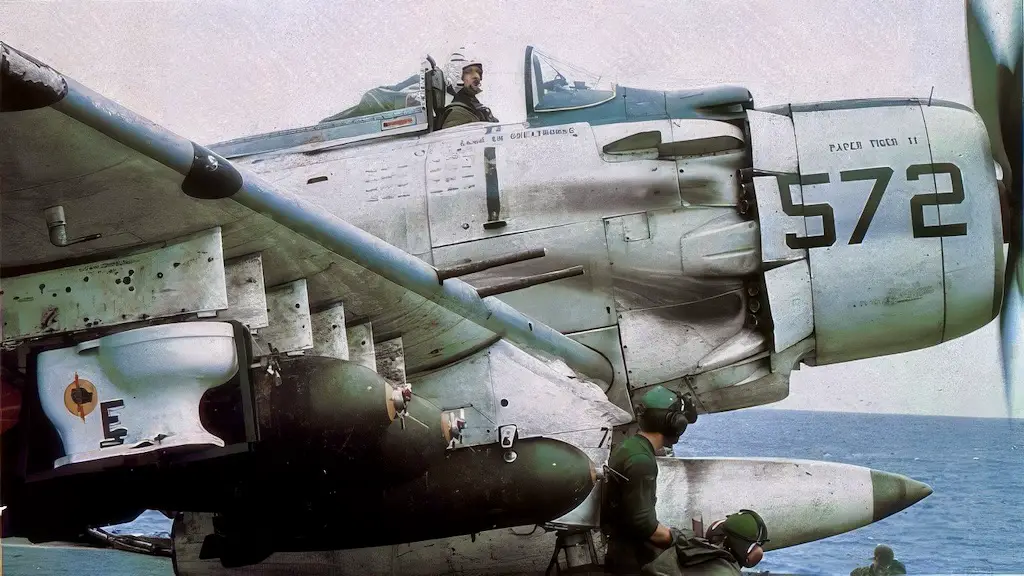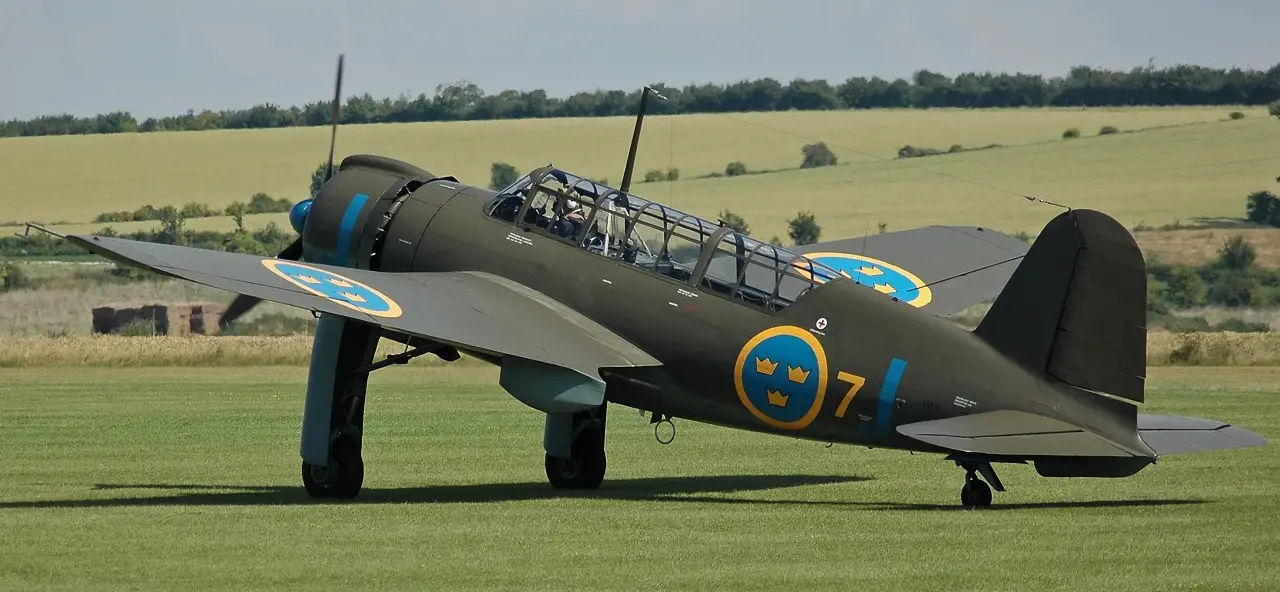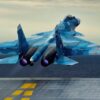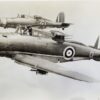The SAAB 17, a Swedish bomber-reconnaissance aircraft, was designed and manufactured by the major Swedish aerospace company, SAAB (Svenska Aeroplan Aktiebolaget). In 1940, the aircraft first soared through the skies, and its development and production persisted throughout World War II. As Sweden’s first indigenous aircraft designed to fulfill both bomber and reconnaissance roles, the SAAB 17 significantly contributed to the growth of the Swedish aviation industry.
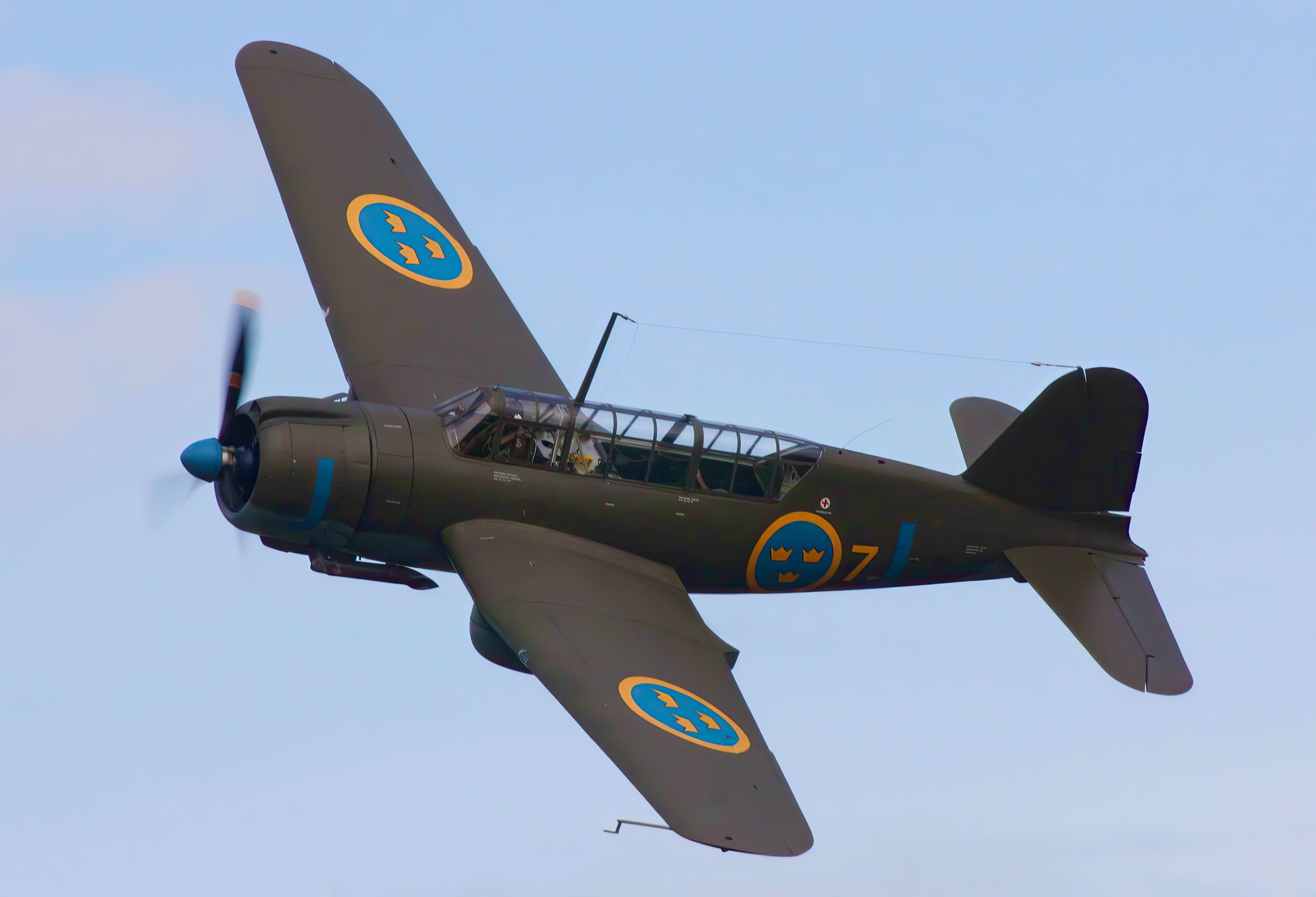
Development
In the late 1930s, the Swedish Air Force identified the necessity for a modern, multi-purpose aircraft that could perform bombing and reconnaissance missions. Although Sweden maintained neutrality during World War II, increasing global tensions and advances in aviation technology called for an upgrade to their existing fleet.
To address this need, SAAB started developing the B 17 in 1938, with the goal of creating an aircraft capable of effectively fulfilling both bombing and reconnaissance roles. The SAAB 17A, the prototype, completed its maiden flight on May 18, 1940, with Claes Smith as the pilot. During the development process, several modifications and improvements were made to the aircraft, and the first production version, the SAAB 17B, entered service in 1942.
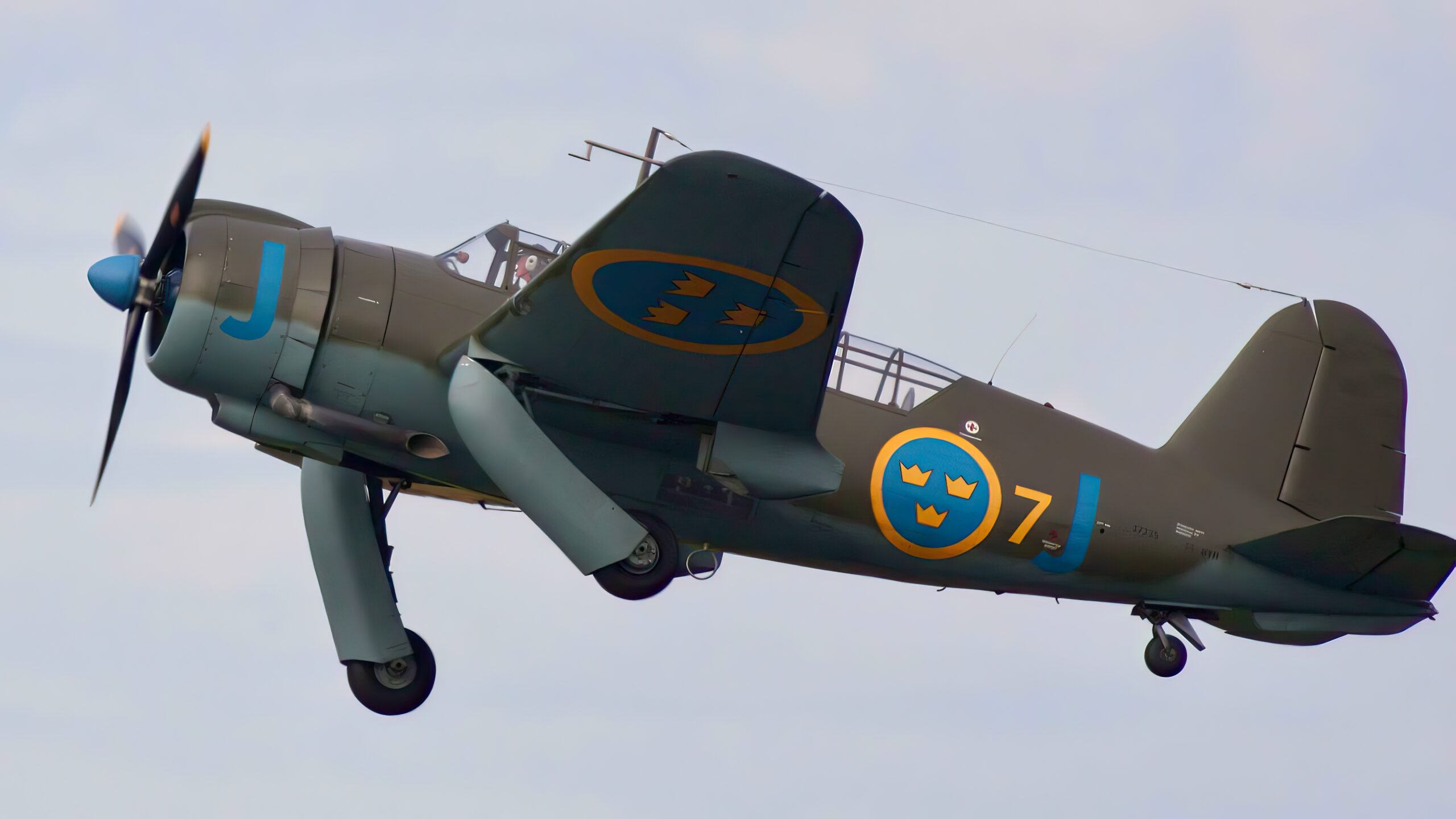
Design
The SAAB 17 showcased a low-wing monoplane design with fixed landing gear, enabling operation from rough airstrips – a crucial feature considering Sweden’s rugged terrain. A single radial engine powered the aircraft, with different versions utilizing either the Swedish-built STWC-3G or the American Pratt & Whitney R-1830 Twin Wasp engine.
Primarily composed of metal, the aircraft’s structure featured fabric-covered control surfaces as an exception. The fuselage accommodated a crew of two, with the pilot and observer/gunner sitting in tandem under a continuous canopy. This arrangement granted the observer a clear field of view for reconnaissance tasks and allowed the pilot to focus on flying the aircraft.
Depending on the intended mission, the SAAB 17 came equipped with various armament configurations. For bombing missions, it could carry up to 661 pounds (300 kg) of bombs internally, and additional bombs or rockets could be mounted externally on the wings. The aircraft’s defensive armament consisted of a fixed, forward-firing 13.2 mm machine gun for the pilot and a flexible 8mm machine gun for the observer/gunner.
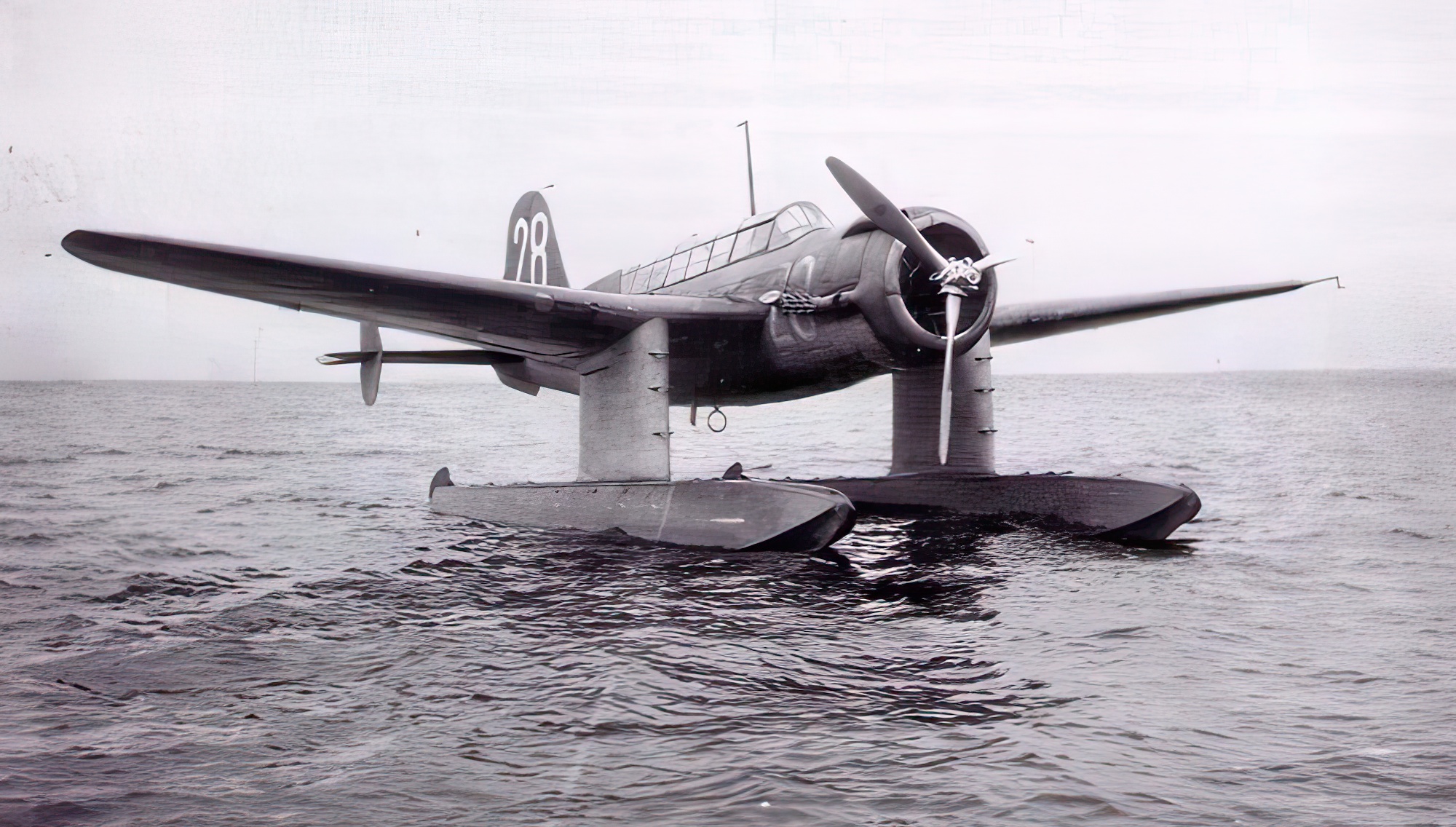
Operational History
With Sweden maintaining neutrality during World War II, the SAAB 17 saw limited action. However, the Swedish Air Force used it for various reconnaissance, training, and target-towing missions. After the war, the SAAB 17 continued to serve in the Swedish Air Force until its phase-out in 1950.
In the late 1940s, several SAAB 17s were exported to Ethiopia, where they served with the Ethiopian Air Force until the early 1960s. These aircraft took part in the 1948-1949 Ogaden War, the 1950 Eritrean War, and the 1960 Ethiopian coup attempt, demonstrating their versatility and adaptability.
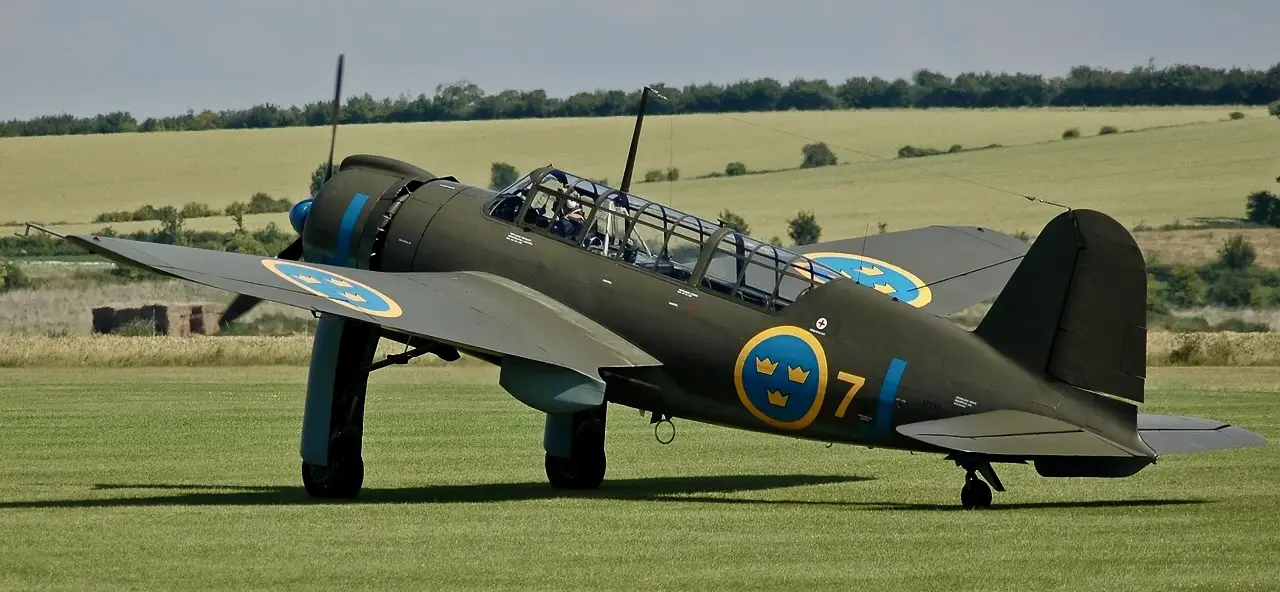
The SAAB 17 played a pivotal role in advancing the Swedish aviation industry and showcased the country’s ability to develop versatile, multi-role aircraft. Despite its limited combat experience, the SAAB 17 proved its adaptability and effectiveness through its service with both the Swedish and Ethiopian Air Forces. The legacy of the SAAB 17 lives on as a testament to Swedish innovation and engineering prowess in the field of aerospace technology.

